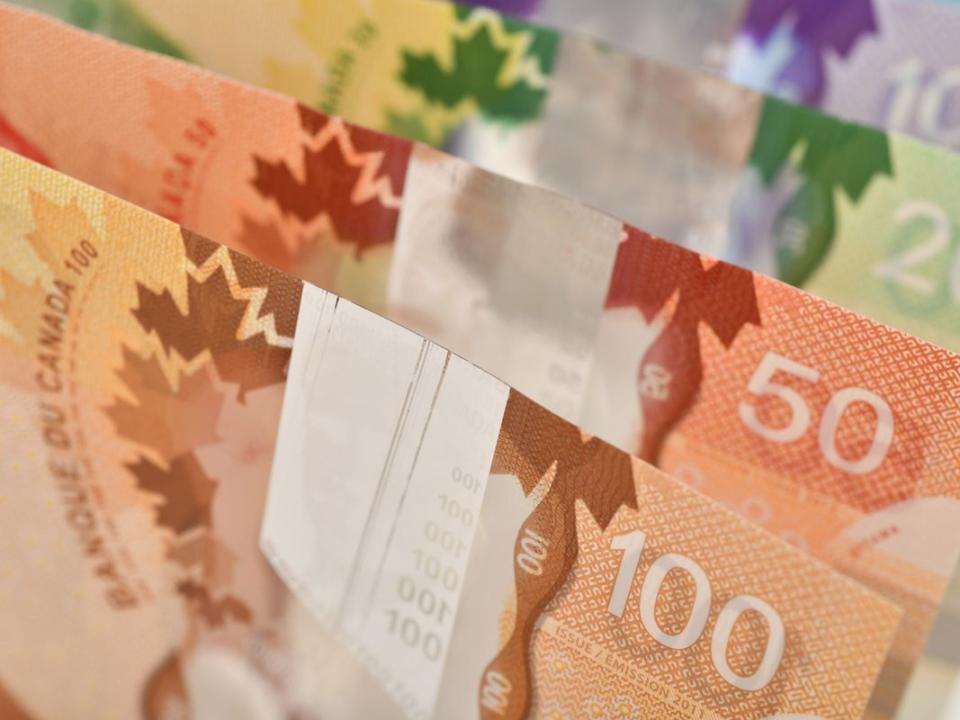How students can get more money for post-secondary school

The first semester for new post-secondary students is almost over and that means it could be a good time to revisit how much money to take out of their registered education savings plans because there’s a new upper withdrawal limit.
In the 2023 budget, Ottawa for the first time in 25 years increased the RESP withdrawal limit for education assistance payments (EAP) to $8,000, from $5,000, for students enrolled in full-time studies, and to $4,000, from $2,500, for part-time students. But after the first 13 weeks, a student can take out as much as they need in EAPs if they’re still enrolled in a post-secondary education.
EAPs take the form of payments of income and government grants, such as the Canada Education Savings Grant, which offers a 20 per cent top-up on the first $2,500 of annual contributions until the child turns 17, up to a maximum of $7,200, and the Canada Learning Bond, which puts $500 into a child’s RESP in the first year of eligibility and $100 in each subsequent year, up to a maximum of $2,000.
“We often recommend trying to withdraw as much of the grants and the income as early on as possible,” said Christine Van Cauwenberghe, head of financial planning at Investors Group Inc.’s IG Wealth Management.
The principal amounts made to an RESP are not taxed upon withdrawal because the money was already taxed, but EAPs are taxable to the student, who likely doesn’t have a high income, so they could pay little or even no tax, especially since they have tuition tax credits to claim, Van Cauwenberghe said.
If the student has leftover EAPs after finishing their studies, the investment income can still be withdrawn in the form of an accumulated income payment (AIP), but then the parent (also known as the subscriber) will be taxed for the AIP with an additional 20 per cent on top.
Even if there are concerns about having the financial wherewithal to contribute to a child’s RESP, opening an account as early as possible in a child’s life allows time for interest and growth to compound. And with some government grants, such as the Canada Learning Bond, a parent doesn’t have to add funds to the RESP to get them.
“The longer you have the funds invested, the longer that you have for them to grow,” said Michelle Seymour, managing director of wealth planning at ATB Financial.
Seymour said parents are often the RESP subscriber, but grandparents can also become subscribers.
“It’s something I see with clients. There are certain grandparents looking to make a gift,” she said, adding that it’s another way to fund the education of the next generation.
It’s especially important for students and subscribers alike to learn about the ins and outs of RESPs because there’s an overall lack of awareness, Van Cauwenberghe said, which could mean missing out on financial gains and government incentives.
Between 1999 and 2005, the uptake of RESPs almost doubled to 33 per cent of families with children under 18 from 15.9 per cent, according to Statistics Canada. Growth then moderated to nearly 47 per cent in 2012, 51 per cent in 2016 and 53 per cent in 2019.
But the uptake is not across the board. For example, there’s a sizable gap in British Columbia, where slightly more than half of low-income parents have an RESP for their child compared to almost four-fifths of high-income parents, according to a recent survey by Community Savings Credit Union.
As a result, low-income families are leaving a combined $280 million in provincial grants and interest on the table, according to the credit union.
• Email: bbharti@postmedia.com

 Yahoo Finance
Yahoo Finance 